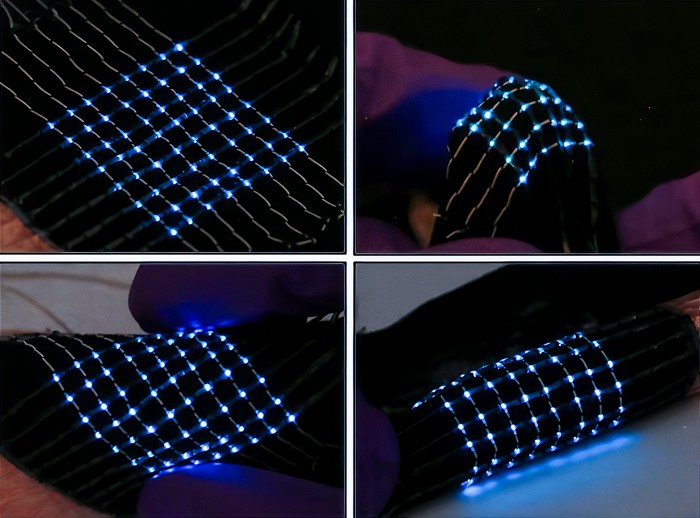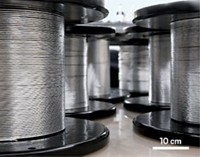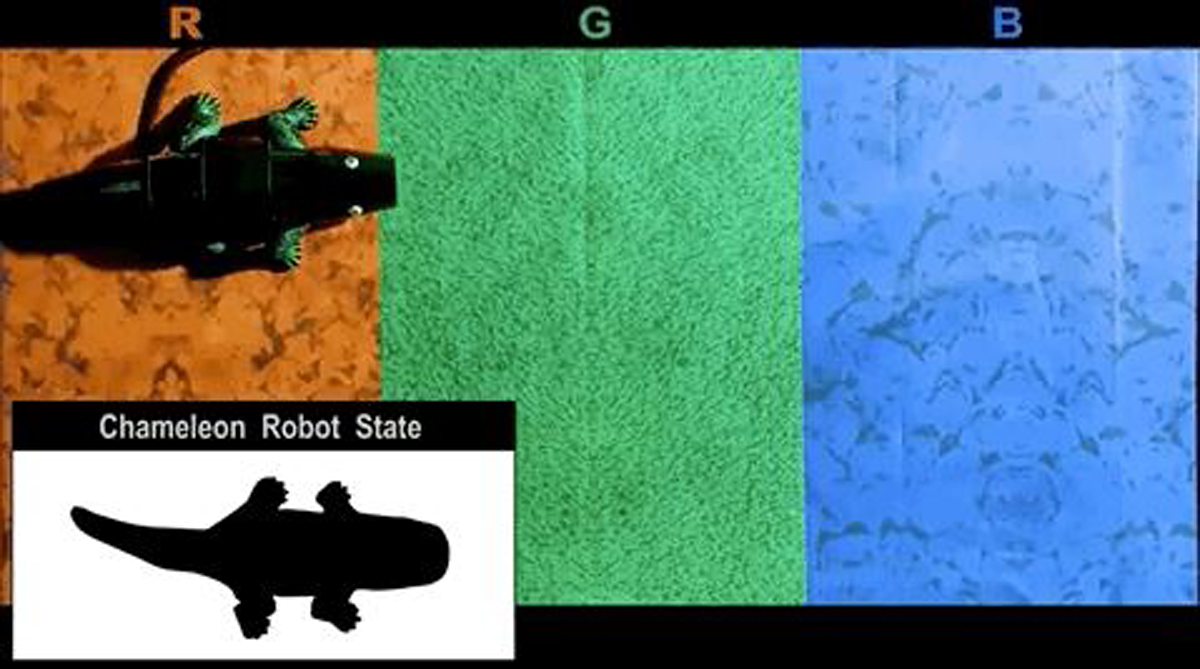Advertisement
Grab your lab coat. Let's get started
Welcome!
Welcome!
Create an account below to get 6 C&EN articles per month, receive newsletters and more - all free.
It seems this is your first time logging in online. Please enter the following information to continue.
As an ACS member you automatically get access to this site. All we need is few more details to create your reading experience.
Not you? Sign in with a different account.
Not you? Sign in with a different account.
ERROR 1
ERROR 1
ERROR 2
ERROR 2
ERROR 2
ERROR 2
ERROR 2
Password and Confirm password must match.
If you have an ACS member number, please enter it here so we can link this account to your membership. (optional)
ERROR 2
ACS values your privacy. By submitting your information, you are gaining access to C&EN and subscribing to our weekly newsletter. We use the information you provide to make your reading experience better, and we will never sell your data to third party members.
Electronic Materials
Multicolor, machine-embroidered wearable displays
Strong electroluminescent threads can be stitched onto garments and washed repeatedly
by Prachi Patel
January 5, 2024

Threads able to emit light could help integrate simple displays into everyday garments. Now, researchers have made electroluminescent threads that can withstand the rigors of both sewing machines and washing machines (Sci. Adv. 2024, DOI: 10.1126/sciadv.adk4295) .
Textile displays can be coupled with biomedical and chemical sensors for an easy read-out of environmental toxins or the wearer’s vitals, says Chi Hwan Lee, a mechanical engineer at Purdue University. To make such displays, other researchers have made light-emitting fibers that can be knitted or woven, he says, but they have not been thin or strong enough to be sewn. “With embroidery you can make patterns on textiles you already have, hats, t-shirts, whatever.”
Lee and his colleagues dipped commercial conductive thread into a mixture of zinc sulfide phosphors and polyurethane, and pulled it through a tapered nozzle to coat the fibers with a thin, uniform layer of the materials. The phosphors, doped with different amounts of copper or manganese, glow blue, green, or yellow under applied voltage.
The team also covered a see-through nylon fiber with silver nanowires to make transparent conductive fibers. They machine-stitched rows of the transparent fibers into a T-shirt, towel, and rug, and embroidered patterns with the multicolor threads on top. The colored threads lit up where they touched the underlying conductive fibers when subjected to a voltage of 120 V. In other tests, embroidered swatches could be folded thousands of times and washed for 50 cycles in a washing machine without losing functionality. Lee says the team now plans to integrate the light-emitting textiles with wearable sensors.
“This work stands out because of its practicality,” says Tricia Breen Carmichael, a chemist at the University of Windsor. “Machine embroidery brings wearable displays a step closer to commercial reality.”
The unwearably high voltage needed is a limitation, and developing a safe wearable power supply will be key to advance to market, says Yong Lin Kong, a mechanical engineer at the University of Utah. “Nevertheless, the proof-of-concept display device demonstrates impressive performance.”





Join the conversation
Contact the reporter
Submit a Letter to the Editor for publication
Engage with us on Twitter